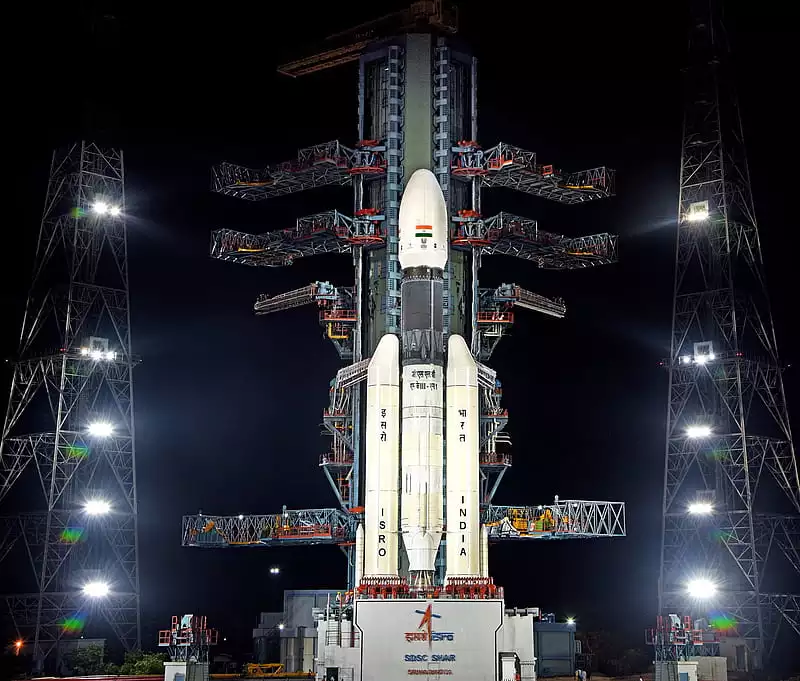Gaganyaan, India’s first manned space mission
It is the country’s first crewed space mission. India intends to use it to launch three humans into low-Earth orbit (LEO) by the end of 2023.
ISRO will launch Gaganyaan from the Satish Dhawan space center in Sriharikota, AP, using its GSLV MK-3 launch vehicle, which can carry heavier cargo. This spacecraft will be debuted into a 300–400 km low Earth orbit (LEO).
This project was commissioned in 2007 and is expected to be completed by 2024 with a budget of around 10,000 crores.
The Crew will conduct microgravity trials in space as part of this mission. After the United States, Russia, and China, India will become the fourth country in the world to launch a human spaceflight mission.
Crew Module (CM) and Service Module (SM) will make up the Orbital Module (OM) that will orbit the Earth (SM). OM is outfitted with cutting-edge avionics systems that have enough redundancy to ensure human safety.
The suit, which can hold one oxygen cylinder, will allow the astronaut to breathe in space for 60 twinkles, the capsule will rotate around the Earth every 90 minutes, and astronauts will be able to see sunrise and sunsets while conducting microgravity experiments.
Isro will accept expertise from the French space agency CNES in areas such as space medicine, astronaut health monitoring, radiation protection, and life support.
During the return phase, the crew module will separate from the Service module, which is a detachable cube of a spacecraft, and head in a controlled direction toward the Earth.
The significance of Gaganyaan for India:
- Industry boost: Participation in space missions will provide significant opportunities for the Indian industry. The Gaganyaan mission is expected to get nearly 60% of its equipment from the Indian private sector.
- Employment: The space organisation would require more personnel. The Gaganyaan mission would create new job opportunities. It is expected to create jobs and train human resources in advanced technologies. The programme is expected to boost economic activity in the country through human resource development and improved industrial capabilities.
- Technological advancement: Human spaceflight is a cutting-edge field in science and technology. The human spaceflight programme will provide a unique platform in space for conducting experiments and serving as a testing ground for new technologies.
Dr. V.R. Lalithambika is an Indian scientist and thinker who works for the Indian Space Research Organization (ISRO). She specialises in Advanced Launcher Technologies and was in charge of the Gaganyaan mission.
India will be the fourth nation to launch a human space mission. The Gaganyaan will bring prestige to the country and solidify India’s position as a key player in the space industry.
